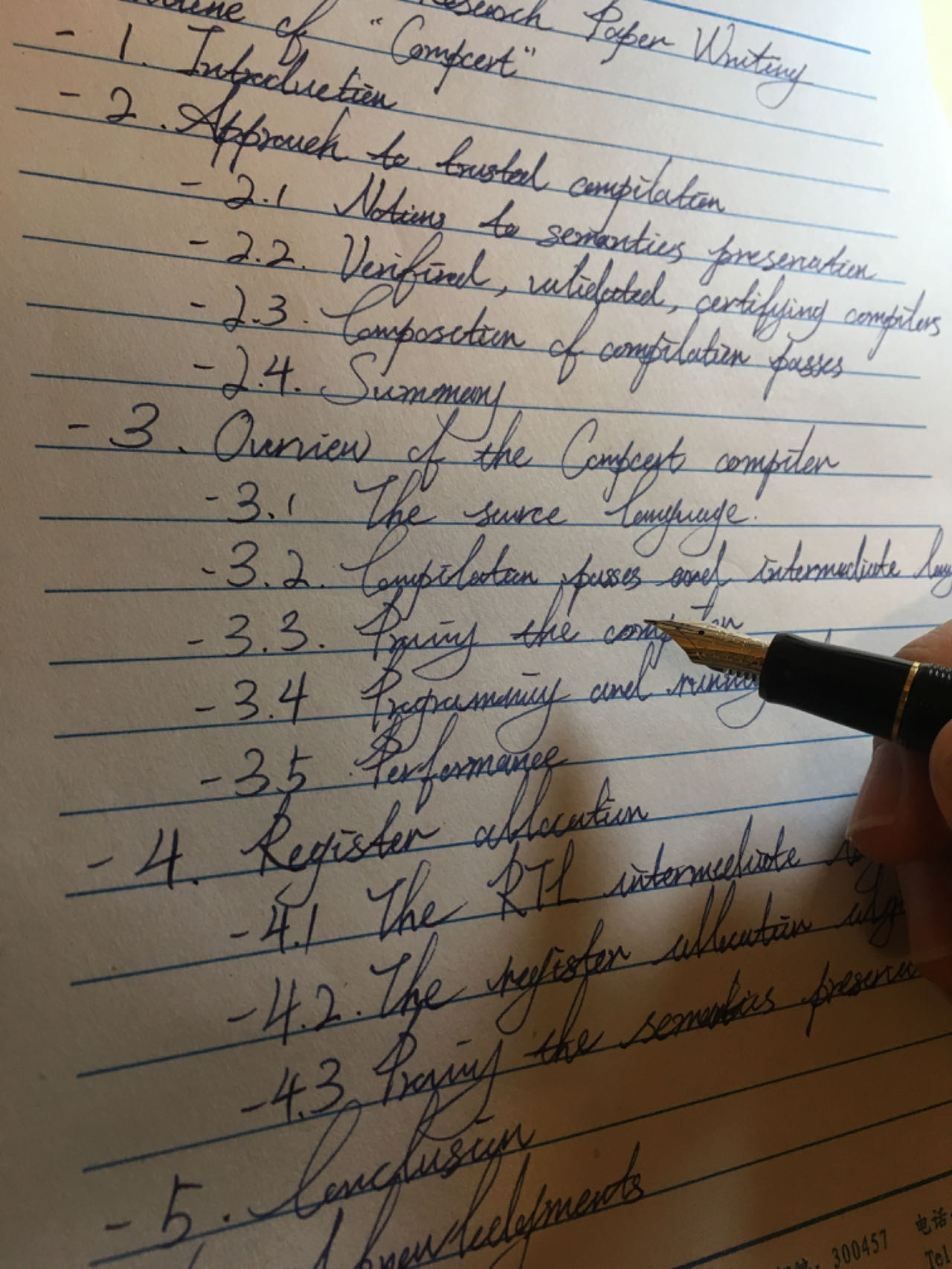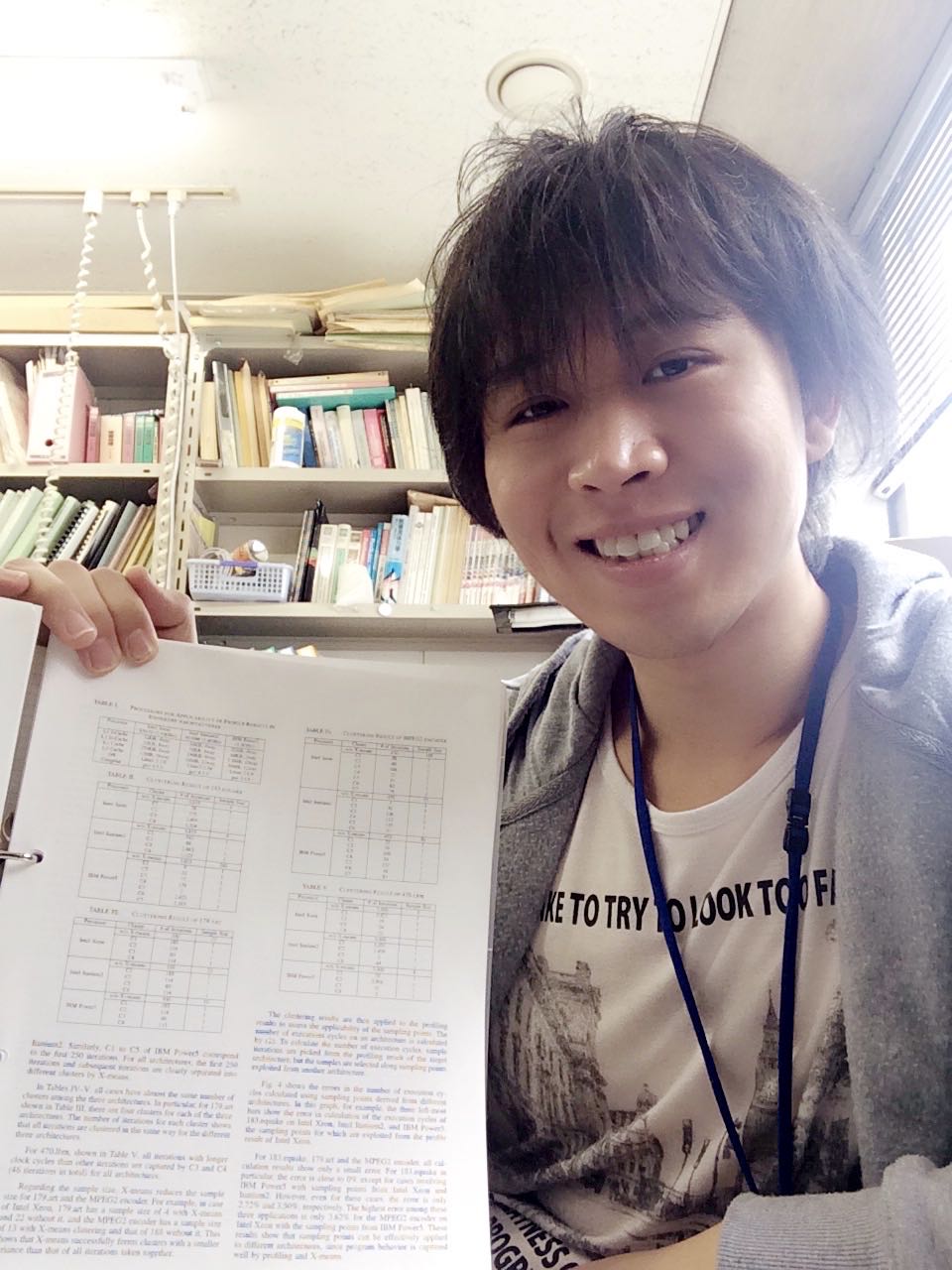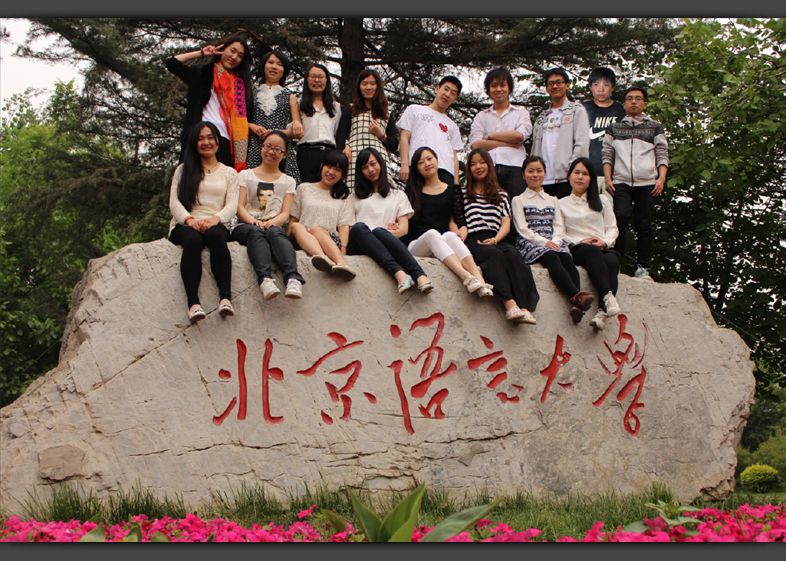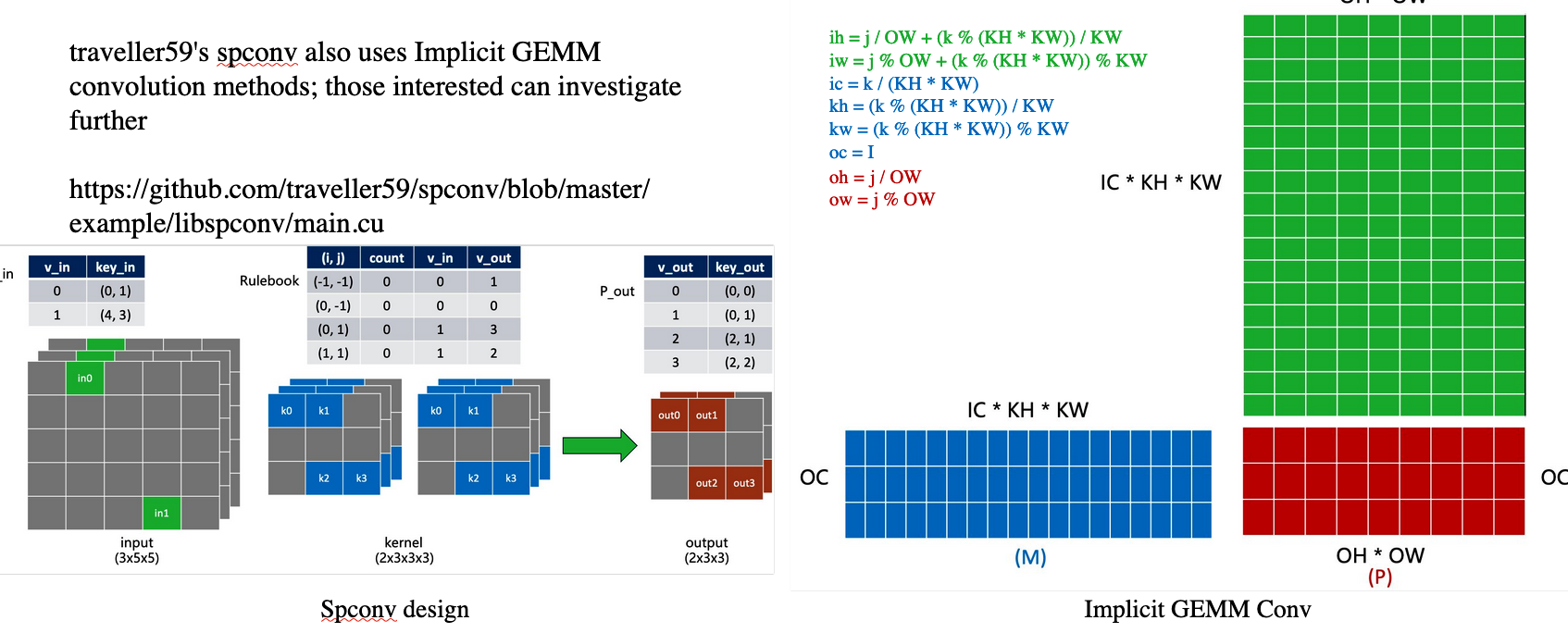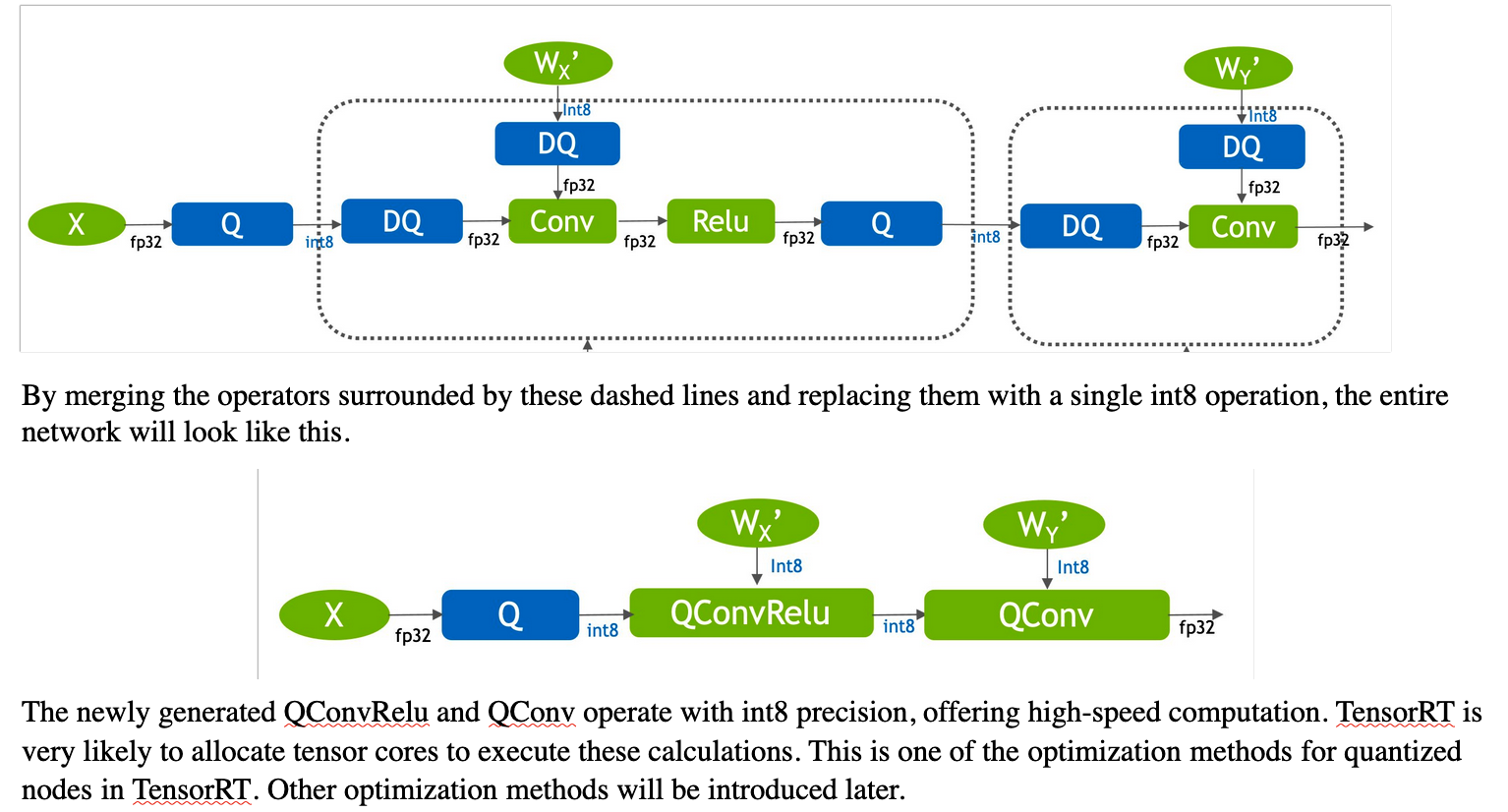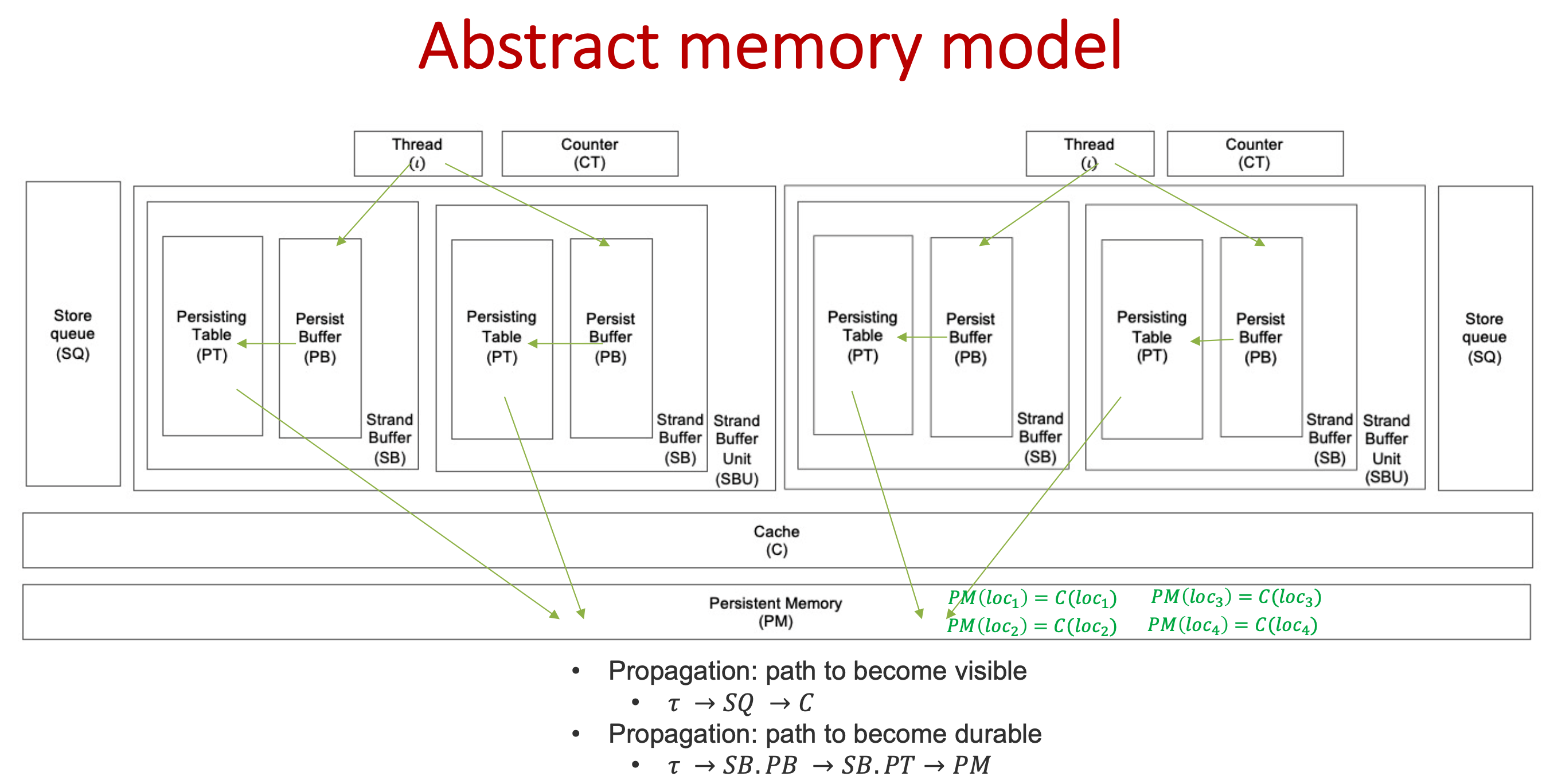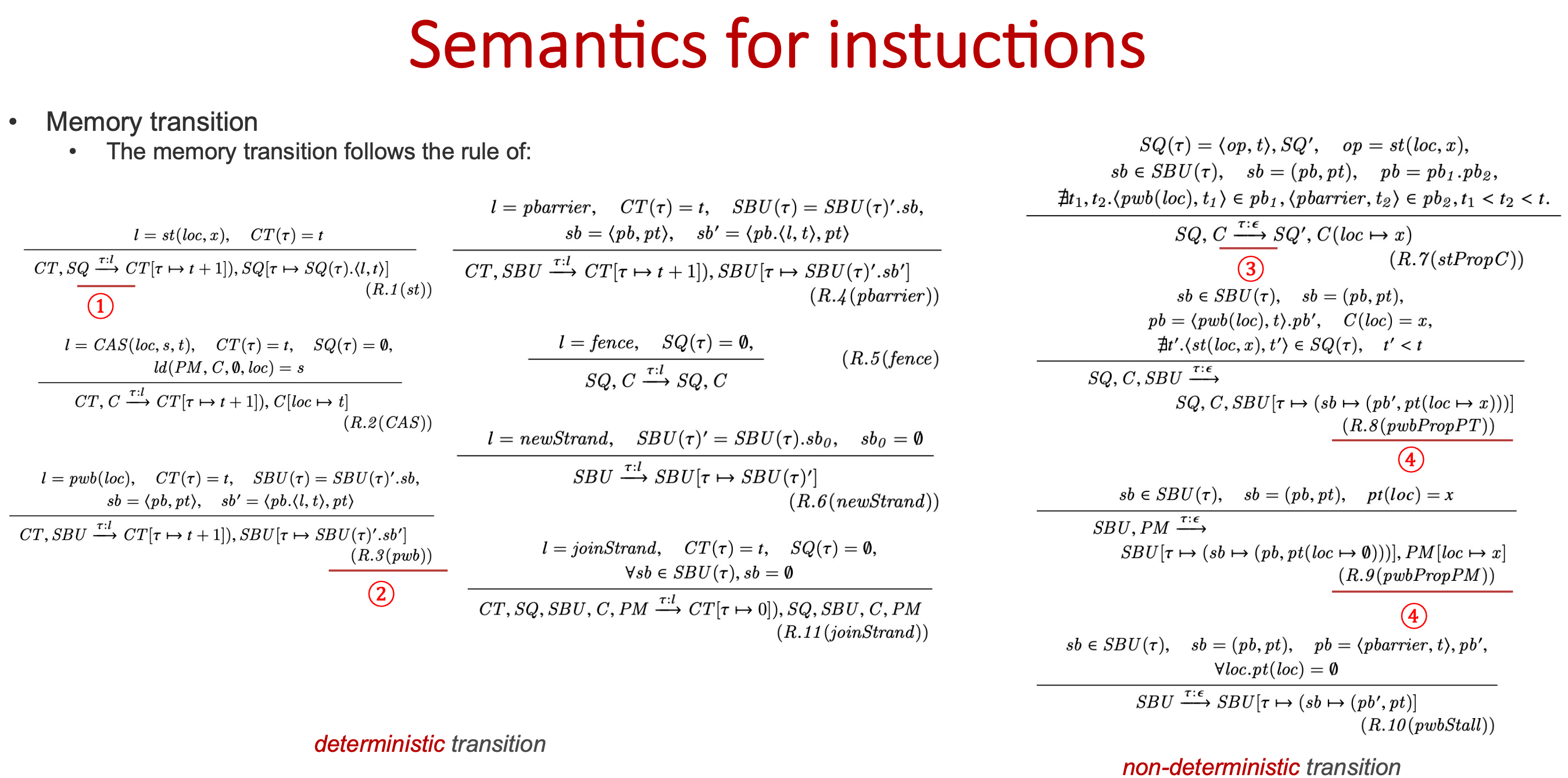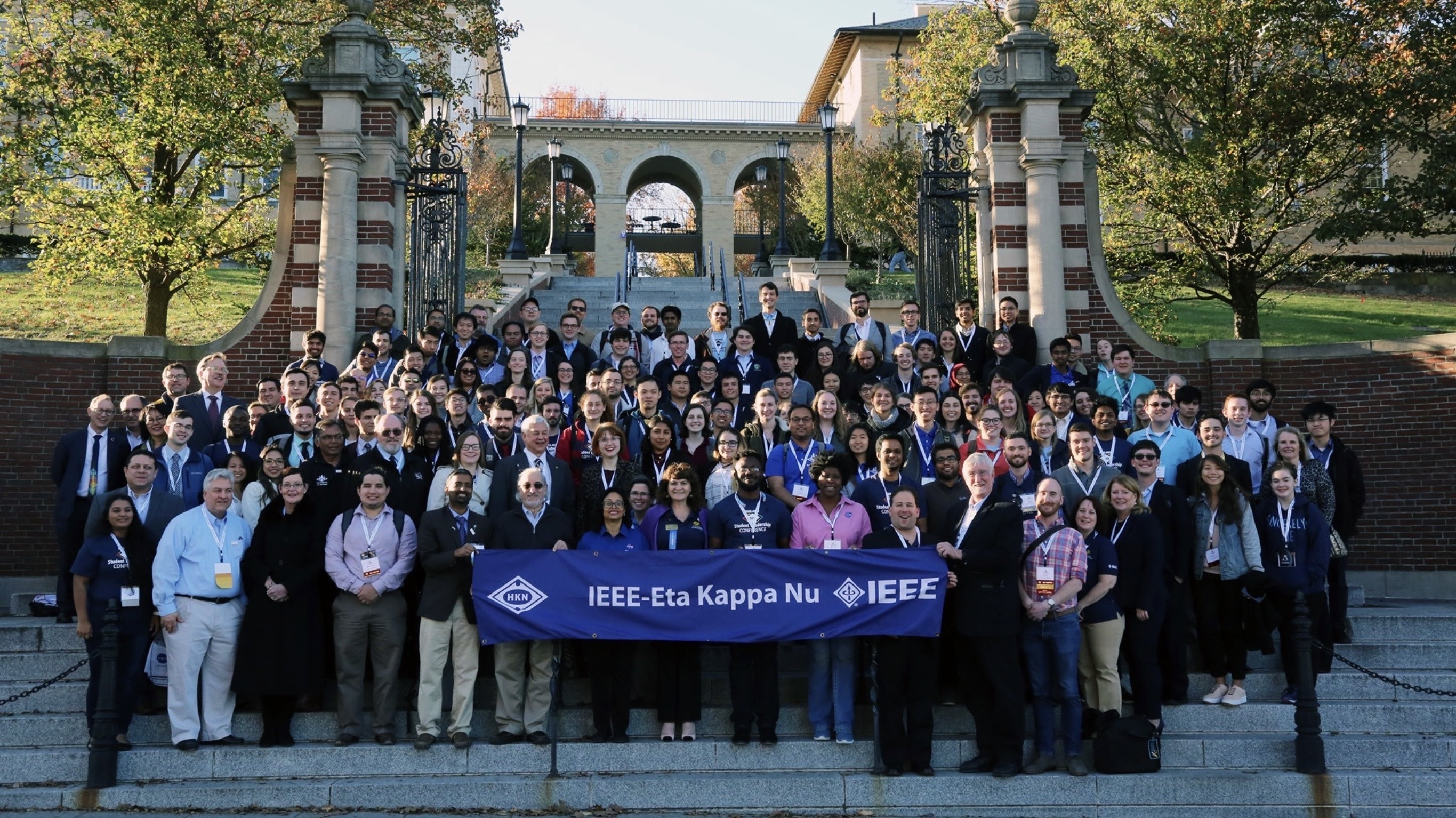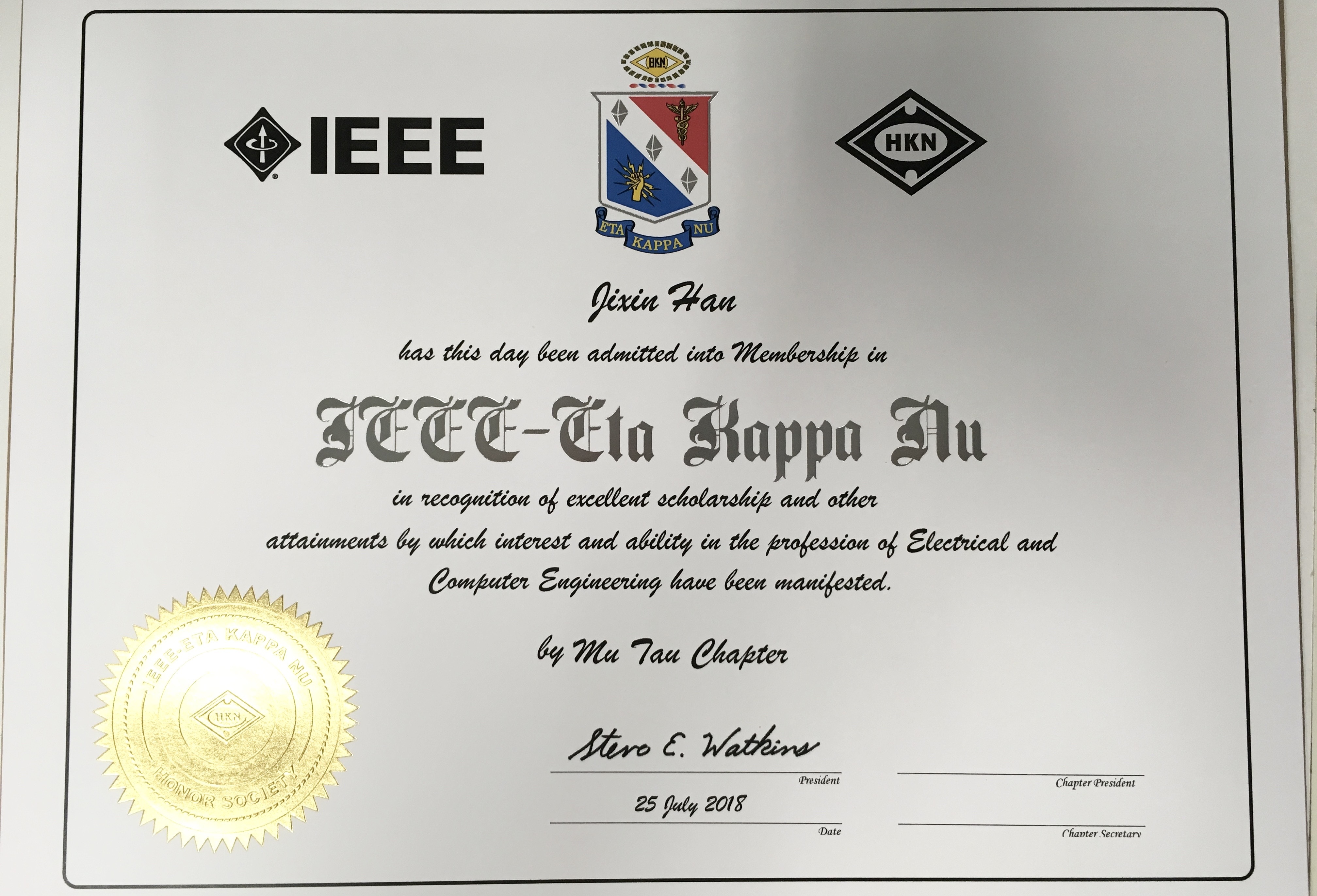Apr.2019 ~ Sep.2020
President, IEEE Eta-Kappa-Nu Mu-Tau Chapter
In 2018, being supervised by Prof. Hironori Kasahara, who was president of IEEE Computer Society and Vice president of
Waseda University, I and some partners established the first IEEE HKN Chapter in Japan, named Mu Tau Chapter!
IEEE-HKN is short for IEEE Eta Kappa Nu, which is the honor society of the Institute of Electrical and Electronics Engineers (IEEE),
and promotes excellence in the profession and in education with ideals of Scholarship, Character and Attitude. It
recognizes outstanding students, alumni, and professionals who have made significant contributions to the fields of
electrical engineering, computer engineering, and other IEEE-associated fields. IEEE HKN was founded on 28 October 1904,
there are over 260 IEEE-HKN chapters worldwide, located at universities and colleges that have accredited programs in
electrical and computer engineering and related fields.
I was president of Mu Tau Chapter, and our Chapter has achieved Key Chapter Status for 2019! We were invited
to join HKN's Annual Student Leadership Conference, which was held in Nov 2019 in Boston, Massachusetts, USA. We
received an award at the conference there.


